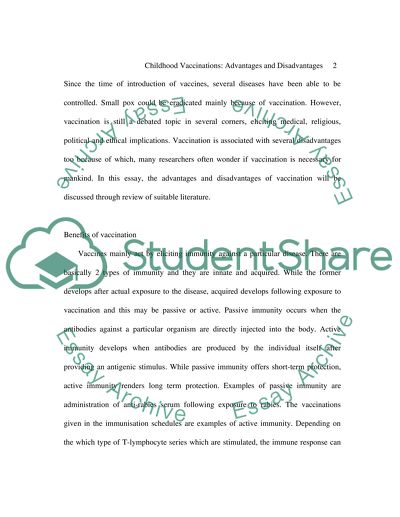Cite this document
(“Childhood Immunizations and Vaccinations Research Paper”, n.d.)
Retrieved from https://studentshare.org/family-consumer-science/1415113-childhood-immunizations-and-vaccinations
Retrieved from https://studentshare.org/family-consumer-science/1415113-childhood-immunizations-and-vaccinations
(Childhood Immunizations and Vaccinations Research Paper)
https://studentshare.org/family-consumer-science/1415113-childhood-immunizations-and-vaccinations.
https://studentshare.org/family-consumer-science/1415113-childhood-immunizations-and-vaccinations.
“Childhood Immunizations and Vaccinations Research Paper”, n.d. https://studentshare.org/family-consumer-science/1415113-childhood-immunizations-and-vaccinations.


